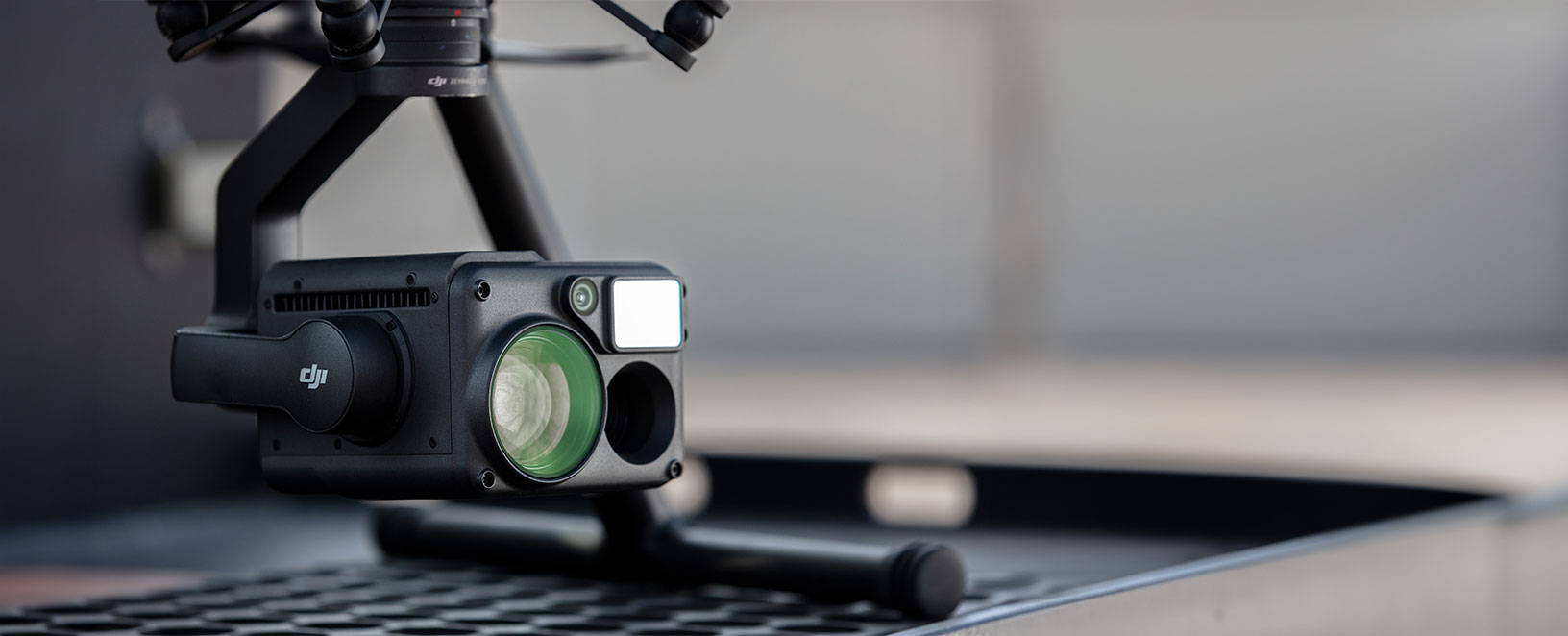Emissivity is a measure of how efficiently an object emits thermal radiation. It affects the accuracy of temperature measurements. Different materials have different emissivity values. For accurate readings, it's important to set the camera's emissivity according to the material being observed. Examples include:
Metals: Low emissivity
Organic Materials: Higher emissivity
Thermography courses can help understand thermal imaging principles, camera settings, and data processing techniques for accurate and meaningful results. It ensures that you can use the technology effectively and interpret the data correctly.
